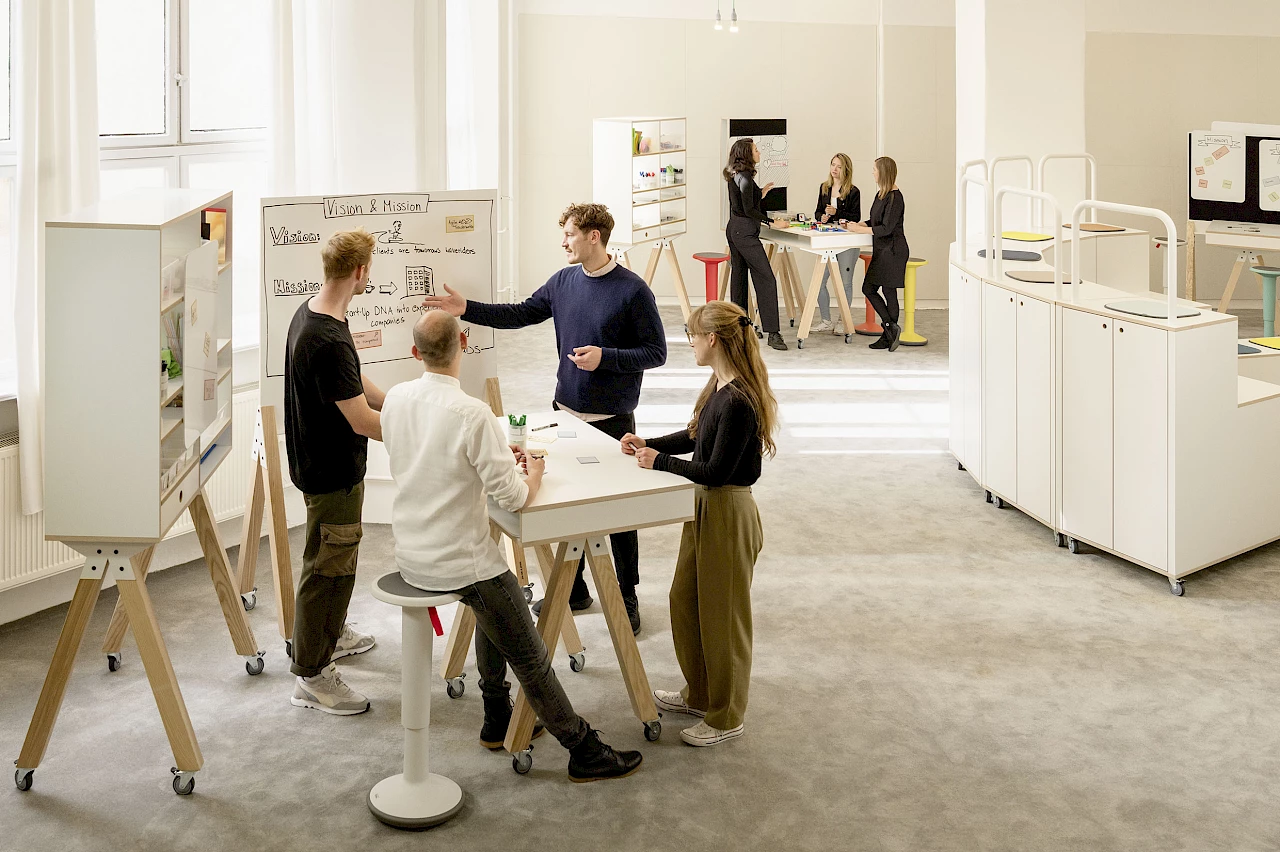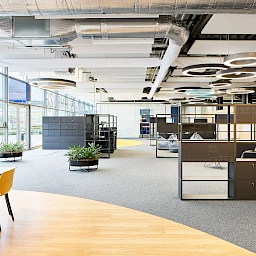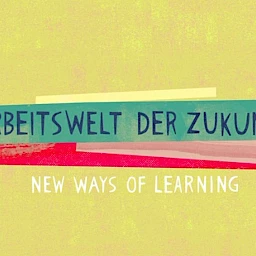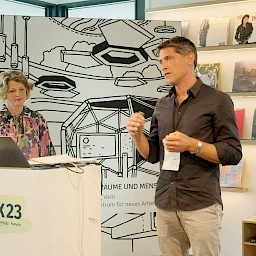According to a recent study conducted by the Federation of German Industries (BDI) and the management consultancy Roland Berger, Germany is losing ground in the international competition for innovation and only occupies tenth place in the ratings of innovation capability. A study conducted by the German Economic Institute (IW) in cooperation with the Bertelsmann Foundation also concludes that the percentage of innovative enterprises in Germany has decreased significantly over the past three years. Well-functioning value networks, outstanding research and robust infrastructures are key factors for reinforcing innovation capability. In the context of office work, this leads to the following question: How can the design of workspaces promote innovation processes?
By means of flexibility and collaboration
Today companies need to think about space in a completely new way, because the work environment is becoming a competitive advantage. Employees need flexible work settings that can be easily adapted to a variety of requirements so that they can deliver optimal performance. This means that office design must be even more multifunctional than it was in the past. The possibilities range from special solutions such as libraries for concentrated work to spaces resembling marketplaces for informal meetings and socializing. One example of that is the Digital Lab of Schott AG, which was designed to fit all of the company’s digital initiatives. It offers short-term and fixed workstations, workshop areas, think tanks, conference rooms, a prototyping workshop and a seat gallery for presentations. Like a modular toolkit, the Digital Lab offers maximum flexibility and can quickly be transformed into various settings for diverse activities such as tech talks, hack weeks, project work and management team meetings. Thanks to flexible room division and modular elements, individual work and workshops can take place in parallel without disturbing each other.
By means of “spaces that matter”
Robert Thiemann, founder and publisher of FRAME, the leading specialist magazine for interior design, believes that innovation is crucial for the ability to stand firm in a changing environment. In his opinion, adaptability and diversity in the work environment are essential design factors. In the special issue celebrating the publishing company’s 25th anniversary and in his keynote speech at ORGATEC 2022, he described what interior design must achieve in the future. In his opinion, it must create memorable and multisensory experiences and permit greater agility and flexibility. He believes that the trend away from “one size fits all” solutions and toward integrative office concepts is irreversible. Instead, he says, the challenge is to design and equip spaces in the future in ways that enable them to be rearranged as modules and to hybridise spatial design overall. In addition, we need design processes that also include the spaces’ future users in the process of developing and equipping them — in other words, we need more co-creation. Individual well-being and comfort will also be more strongly emphasised in the future. This can be done by means of corporate hospitality concepts and a better quality of stay in the office, inclusive spatial design and biophilia, or an appreciation of living things.
By means of a transformation of workspaces into spaces for learning and experience
Birgit Gebhardt, a trend expert and the author of the New Work Order studies, believes that the interplay of natural and artificial intelligence (AI) will play an important role in the future. With regard to AI, she advocates a division of labour: on the one hand, knowledge generation based on data information and visualisations, and on the other, a human contribution based on perception, empathy and the comparison of empirical knowledge. In other words, we need more playful cooperation that genuinely promotes progress. In order to achieve this, office space must be rethought and redesigned. We will need physical as well as virtual learning spaces that enable not only didactic instruction but also informal learning, discourse and experimental learning. The dimension of interaction must also be taken into account more emphatically, because no real innovation is possible without it. After all, every AI can also combine information creatively. Workrooms can inspire innovation processes if they are designed more specifically as learning spaces in the future. This can be done by using smaller flexible spatial units that are designed differently depending on the learning situation. For example, the designs can be oriented toward archetypical learning constellations. Thus the office can become a space for experiences where innovations can thrive.
By means of an innovation culture and Creation Days
The development of innovations requires an environment in which employees are encouraged to think creatively, take risks and generate new ideas. In other words, it requires an innovation culture. This culture is characterised by several key elements. One of them is the free communication of ideas between individual employees, teams and managers. Other requirements include suitable spaces and platforms for creative thinking and the recognition and honouring of such creative achievements. Another important aspect is the acceptance of mistakes, which are viewed as opportunities for learning and encourage the employees to take risks so that they can subsequently test new ideas. Dr Daniel Dettling, a futurologist and the founder of the Institute for Future Policy, believes that innovation primarily means enabling free development. In his article “Next Work: Warum wir einen ‘Creation Day’ brauchen” (why we need a ‘Creation Day’) on the occasion of the 100th anniversary of the IBA, he describes the concept of a Creation Day — one day per week on which we simply create something by means of human creativity and intelligence and produce nothing. Isn’t it a good bet that this process will produce something new and innovative?
Cover photo: Interstuhl




 Jasmin Najiyya
Jasmin Najiyya 



